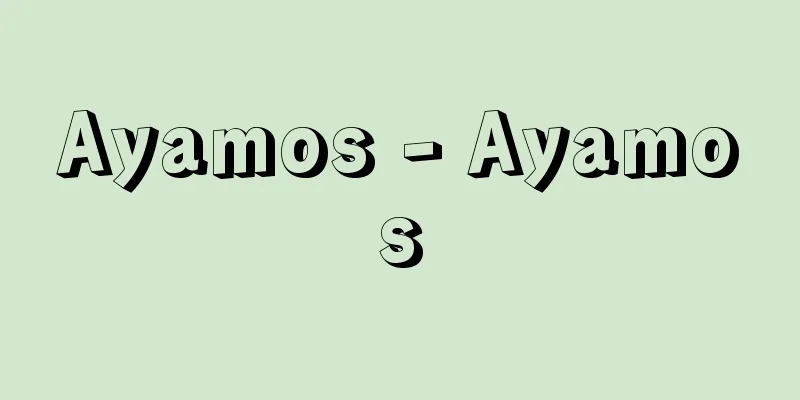Shaving one's head

|
Shaving one's head, either completely or partially. It has a long history as an expression of devotion, mourning, repentance, and atonement. In Buddhism, new initiates must shave their heads and be given a Buddhist robe. This custom dates back to the time of the Buddha, and in ancient India, shaving one's head was considered one of the most shameful and serious sins, but it is said that the Buddha chose this appearance as his monk's appearance. This custom is practiced throughout the Buddhist world, and is seen not only in Buddhism but also in Hinduism and Taoism. In Christianity, it is performed as an initiation ritual for those entering the clergy in the Roman Catholic and Greek Orthodox Churches. Historically, there have been several forms of this, but the one that remains today is one in which the top of the head is shaved. In addition, there was a custom of those who lost a battle shaving their heads to show repentance and submission before appearing before their enemies, and the punishment of shaving one's head was prescribed in Article 34 of the "Goseibai Shikimoku" (Ceremony of the Battle of the Imperial Court) of the Kamakura Shogunate and Article 48 of the "Osamidaki Hyakujo" (Hundred Articles of the Imperial Court) of the Edo Shogunate. In some places, customs such as the "shaving of the head celebration" of shaving the baby's downy hair were also practiced. Source: Encyclopaedia Britannica Concise Encyclopedia About Encyclopaedia Britannica Concise Encyclopedia Information |
|
頭髪の全部または一部を剃ること。帰依,服喪,悔悛,贖罪などの表現形式として古い歴史をもつ。仏教では,入門する者は必ず頭を丸剃りにし,袈裟を授けられる。釈尊当時からの慣習で,古代インドでは頭髪を剃ることは重罪の一つで最も恥とされていたが,釈尊はあえてその姿を出家の姿として選んだといわれる。この風習は仏教圏全体で行われており,仏教ばかりでなく,ヒンドゥー教,道教にもみられる。キリスト教では,ローマ・カトリックとギリシア正教会で,聖職者となるための入門儀礼として行われる。その形は歴史的には数種のものが行われたが,現在残されているのは頭頂部を丸く剃るものである。さらに,いくさに負けた者が相手の前に出るとき剃髪して悔悛,恭順の意を表わす風習もあり,刑罰として鎌倉幕府の「御成敗式目」 34条や江戸幕府の「御定書百個箇条」下巻 48条などに剃髪刑の定めがみられる。また,赤ん坊のうぶ毛を剃る「剃髪の祝」などの風習も一部で行われた。
出典 ブリタニカ国際大百科事典 小項目事典ブリタニカ国際大百科事典 小項目事典について 情報 |
<<: Deepavaṃsa (English spelling)
>>: Dibatag (English spelling)
Recommend
Iizaka [Hot Spring] - Iizaka
It belongs to Fukushima City, Fukushima Prefecture...
Salvation Corps - Kyuseidan
...In 1927, Gunpei Yamamuro became the commander ...
Sleeping song - Neongyoku
The title of a Kyogen piece. Tarokaja Kyogen. The...
Iwashiro [town] - Iwashiro
A former town in Adachi County in the central east...
right of common
… [History] Because forests and wilderness areas ...
Ryomo Line
The name of the East Japan Railway Company's ...
Āqā Muḥammad Khan (English spelling)
1742‐97 Founder of the Qajar dynasty. In 1758, aft...
Parnassius subfamily - Pale red butterfly
… Swallowtail butterflies are divided into two su...
Black powder
A three-component gunpowder mixture consisting of...
Hattori Fusho
Year of death: August 15, 1908 (Meiji 41) Year of ...
Kitahosso sect
…His father, whose maiden name was Kataoka, was t...
Obaba - Grandmother
…It is found in the East China Sea and south of c...
Bat-eared fox (Oomimigitsune)
A carnivorous mammal of the Canidae family that fe...
Pimp - Zegen
A common name in eastern Japan for geisha (geisha...
corps baleiné (English spelling) corps baleine
... Basquines, made of linen or leather with whal...









